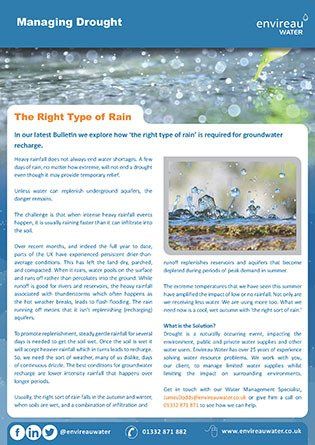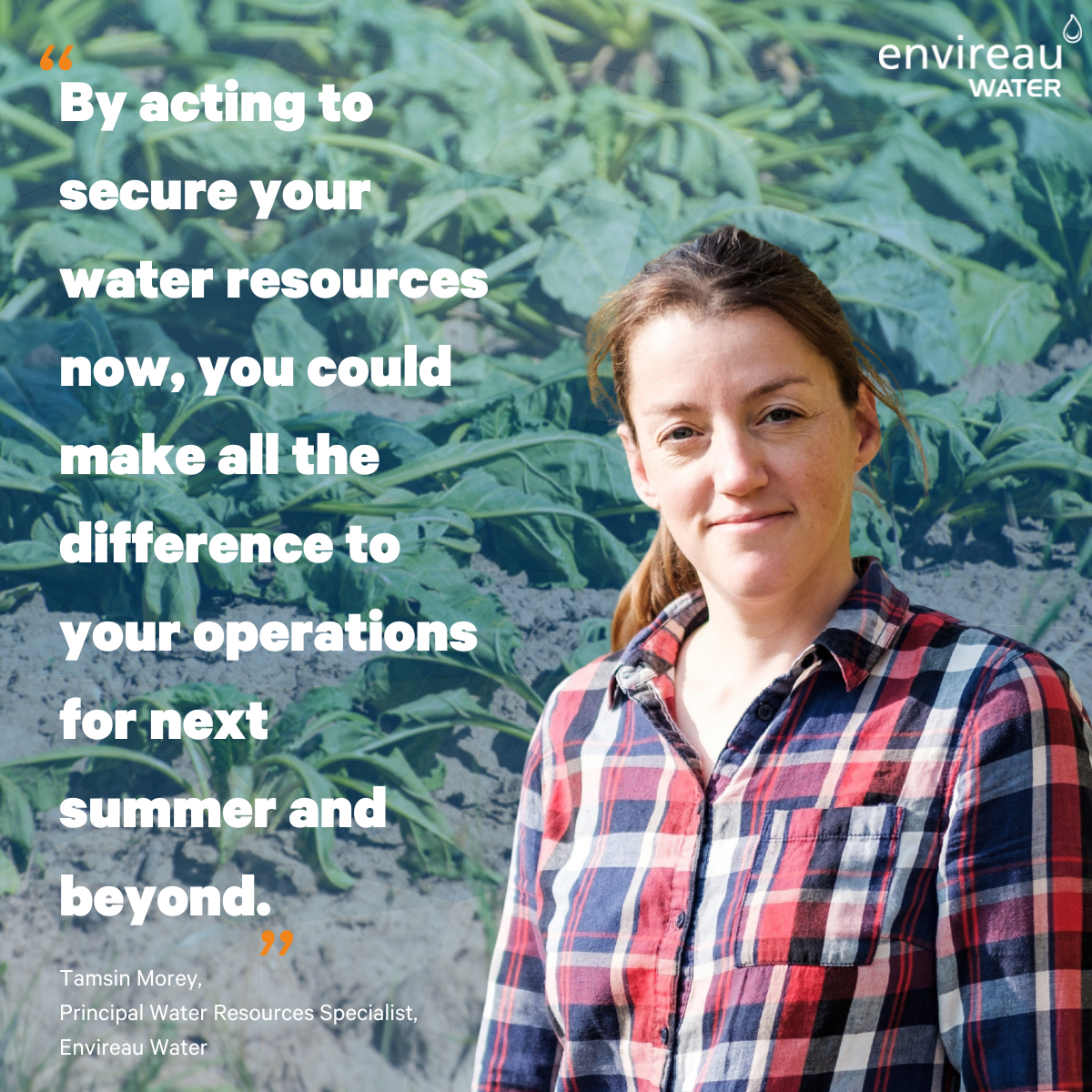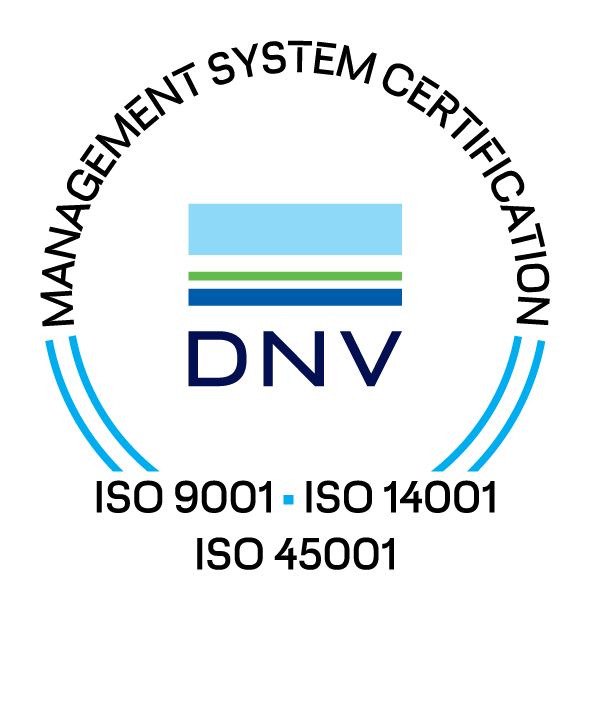The Right Type of Rain
Heavy rainfall does not always end water shortages. A few days of rain, no matter how extreme, will not end a drought even though it may provide temporary relief.
Unless water can replenish underground aquifers, the danger remains.
The challenge is that when intense heavy rainfall events happen, it is usually raining faster than it can infiltrate into the soil.
Over recent months, and indeed the full year to date, parts of the UK have experienced persistent drier-than-average conditions. This has left the land dry, parched, and compacted. When it rains, water pools on the surface and runs off rather than percolating into the ground. While runoff is good for rivers and reservoirs, the heavy rainfall associated with thunderstorms which often happens as the hot weather breaks, leads to flash flooding. The rain running off means that it isn’t replenishing (recharging) aquifers.
To promote replenishment, steady gentle rainfall for several days is needed to get the soil wet. Once the soil is wet it will accept heavier rainfall which in turns leads to recharge. So, we need the sort of weather, many of us dislike, days of continuous drizzle. The best conditions for groundwater recharge are lower intensity rainfall that happens over longer periods.

Usually, this type of rainfall occurs in the autumn and winter, when soils are wet, and a combination of infiltration and runoff replenishes reservoirs and aquifers that become depleted during periods of peak demand in summer.
The extreme temperatures that we have seen this summer have amplified the impact of low or no rainfall. Not only are we receiving less water, we are using more too. What we need now is a cool, wet autumn with ‘the right sort of rain.’
Envireau Water is an
RSK Group Company.








